Try to imagine how an average wool sheep lives. What comes to your mind? Like many people, I had an idyllic image of happy sheep wandering around in green spacious fields. But I found out that the wool industry is – like most of the consumer industries – driven by profit. Most of the time, money comes before the animals’ well-being.
Shearing
At most wool farms, shearers are get paid by the sheep or weight, not by the hour. The more wool, the more money. A quick google search told me shearers in New Zealand usually earn about $0.50 per sheep, and shear about 400-600 sheep per day. Imagine, you have to make a living as a shearer, how would you do it? Probably not very careful and precise. Sheep commonly suffer from injuries ranging from nicks to complete amputations of body parts.
Mulesing by the wool industry
Australia is the world’s number one producer of wool. The most commonly raised sheep are merinos, who are specifically bred to have wrinkly skin, so they produce more wool per animal.
The wrinkles collect urine and moisture which attracts flies who lay eggs in the folds of the skin. When sheep become infested with these maggots, they will suffer from severe infections that could lead to a painful death.
To prevent this, Australian ranchers perform a cruel procedure: “Mulesing”. It’s a very painful and bloody practice where the ranchers remove the skin from the rear of the Merino sheep – without anesthetisation.
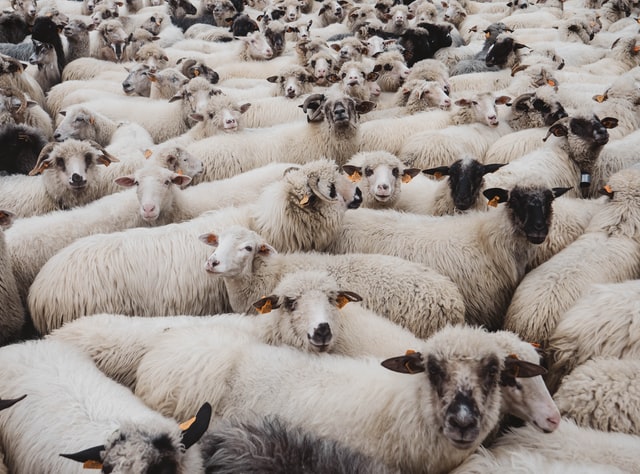
Recycled Wool
Of course, going wool-free is one solution, but wool has certain qualities that other materials can hardly replace. Plastic materials, like acrylic, polyamide, or polyester are not a sustainable alternative either.
If you want to wear wool, the best option is to opt for recycled wool. This is also the most sustainable option: No need for land and water for grazing the sheep. To turn the shorn fleece into clean dyed fiber also requires a lot of energy, water, and chemicals.
Cruelty-Free Wool
You could opt for cruelty-free wool. There are sustainable and fair fashion labels that guarantee the humane treatment of animals for wool production.
Certifications to look for include Responsible Wool Standard (global) or Animal Welfare Approved (US).
SheepIncl is a company that is worth checking out. They are producing Woollen items in a carbon-negative way. They source wool exclusively from farms that adopt regenerative farming methods. This means farms must carefully manage the integration of flora and fauna on their land, to ensure natural carbon-sequestration that mitigates the traditional impact of farming. Their sheep graze on pastures in free-range, extensive farming conditions in the high-country hills of New Zealand. The sheep are humanely treated, well-fed, live natural and healthy lives, and are not subjected to mulesing.
Do you wear wool?
Since I’m living a plant-based life, wool is one of the fabrics that confuses me the most. It’s such a durable and unique material but I don’t want animals to suffer for my fashion choices. That’s why I only buy woolen items secondhand for over a year now.
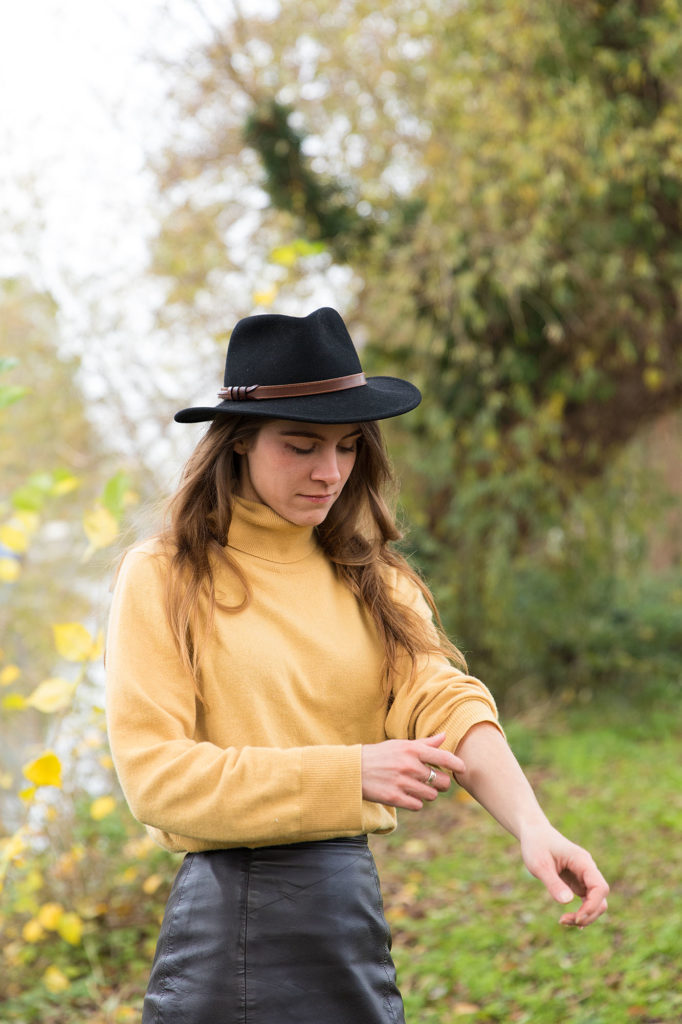
If you take good care of your clothes (especially high-quality woolen clothes) they will last for years. So make sure you hand-wash your woolen items. Here’s how to rescue your favourite sweater from pilling. In another blog, I will come back to this subject and give you some natural alternatives to wool.
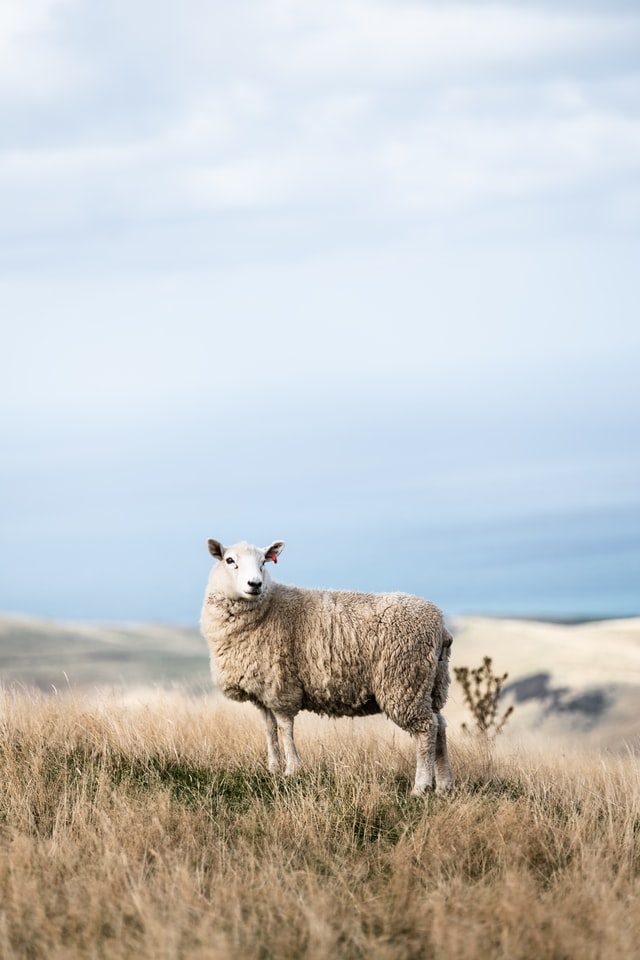

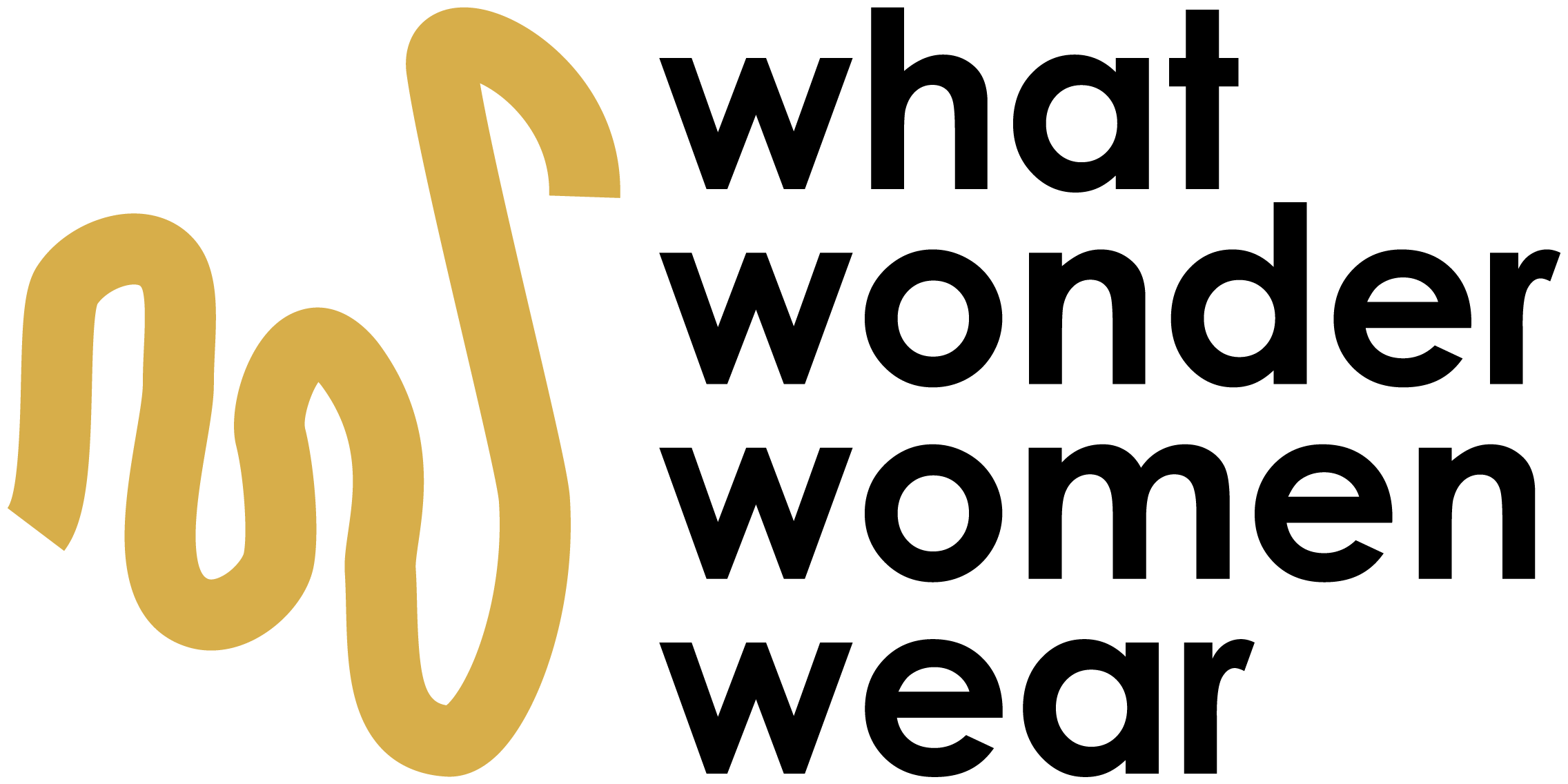
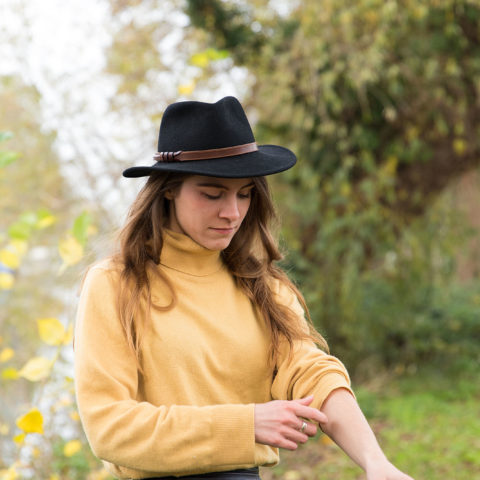
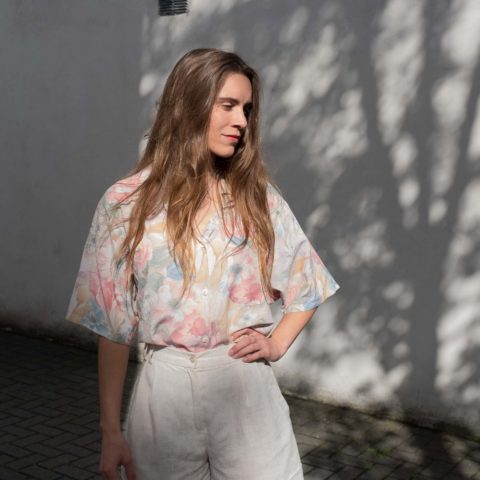
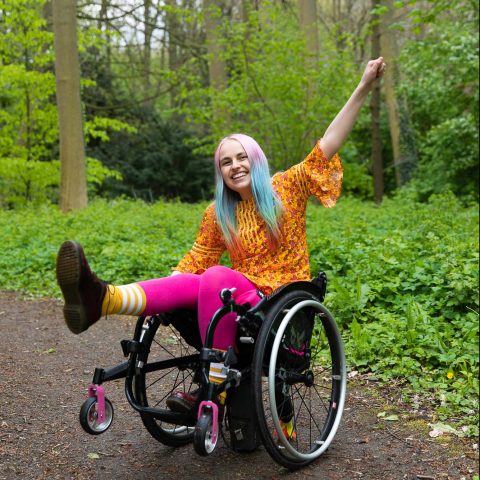
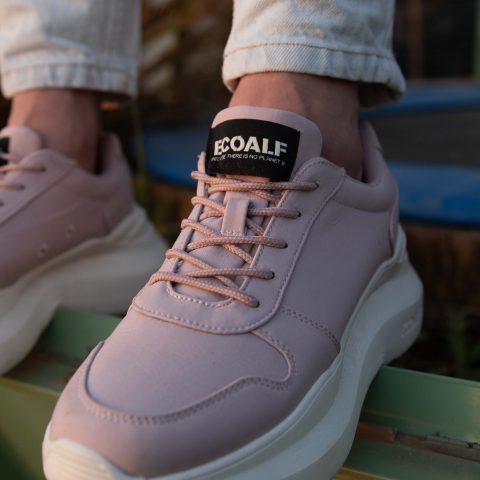
[…] What is your favourite alternative to wool? Share your tips with us!Here can you find my earlier blog about the dark side of the wool industry. […]